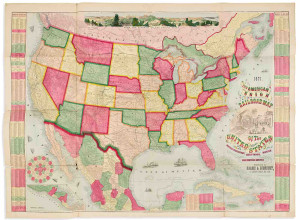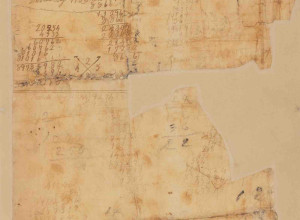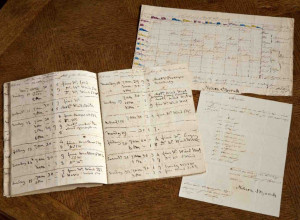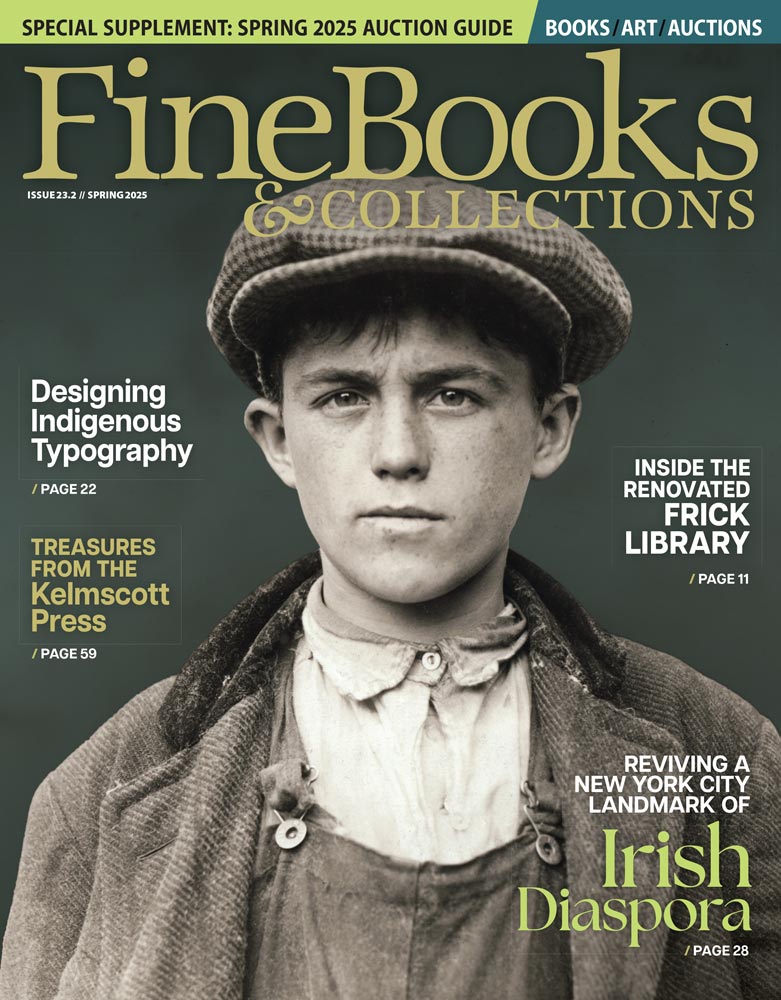Historic Manuscripts Tell Story of Radical Gardening in New Exhibition
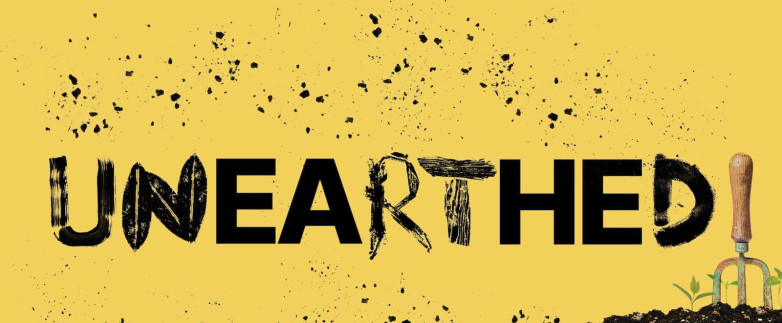
Unearthed: The Power of Gardening running through August 10 at the British Library is a major new exhibition exploring the transformative and sometimes radical power of gardening in Britain.
Unearthed considers the role gardening has played in social and political movements from the Diggers and True Levellers protesting the Enclosure Acts during the English Civil War, to the Garden City movement of the early 20th century, and present day guerilla gardeners.
Highlights include:
- the only surviving illustrated collection of herbal remedies from Anglo-Saxon England, from around 1000–25
- handwritten plans and records by famous gardeners including Beth Chatto’s notes for transforming a car park in Essex into a gravel garden (1991) and John Evelyn’s sketch showing the tools he thought a gardener should possess (c. 1660-80)
- the first English gardening manual, A Most Briefe and Pleasaunte Treatise by Thomas Hill (1563)
- The Hortus Eystettensis (1613) which revolutionised the representation of plants
- examples of botanical art from across the world, including paintings of honeysuckle (1806) and waterlilies (1798–1805) from India and drawings of flowers, plants and fruits native to China (1701)
Sustainability is at the core of Unearthed with the design and build having been guided by practices aimed at reducing environmental impact, with the Library measuring the carbon emissions of an exhibition for the first time. Most of the materials used in the build are bio-based and the exhibition was designed to easily disassemble for more efficient re-use and recycling.
"Gardening is much more than simply ‘the nation’s favourite pastime’," said Maddy Smith, lead curator, "it has the power to change people’s lives in many different ways. Gardening connects us to our past, grounds us in the present and encourages us to look ahead to the future. It is often the expansive gardens of stately homes that spring to mind when we think of historic gardens, but people from all walks of life are, and have been, gardeners. I hope the stories and voices in this exhibition, drawn from the Library’s rich horticultural collections, will take root in the minds of visitors and inspire them, whether they are gardeners or not.’







